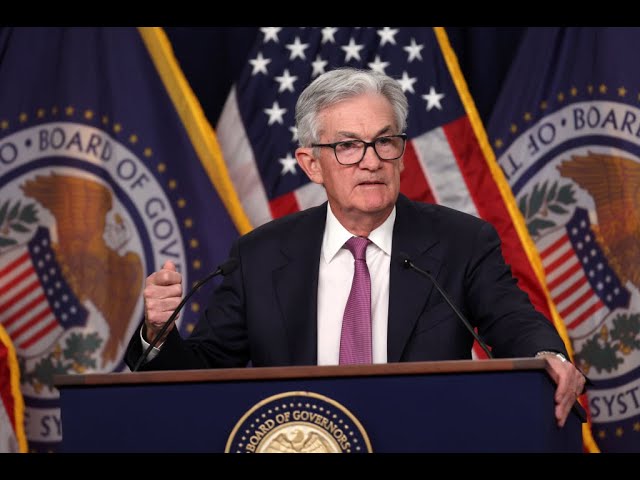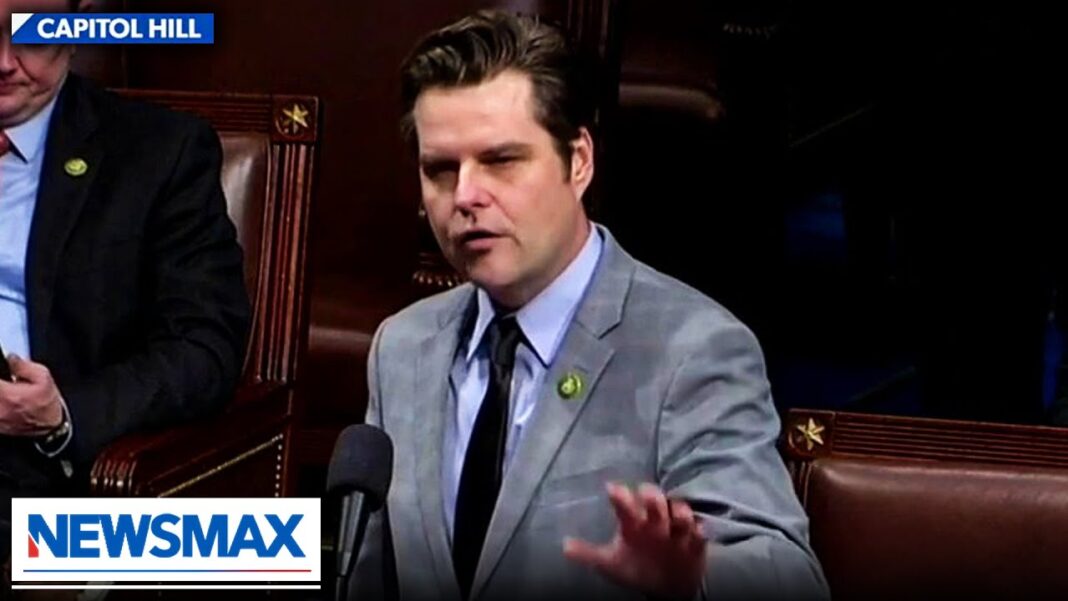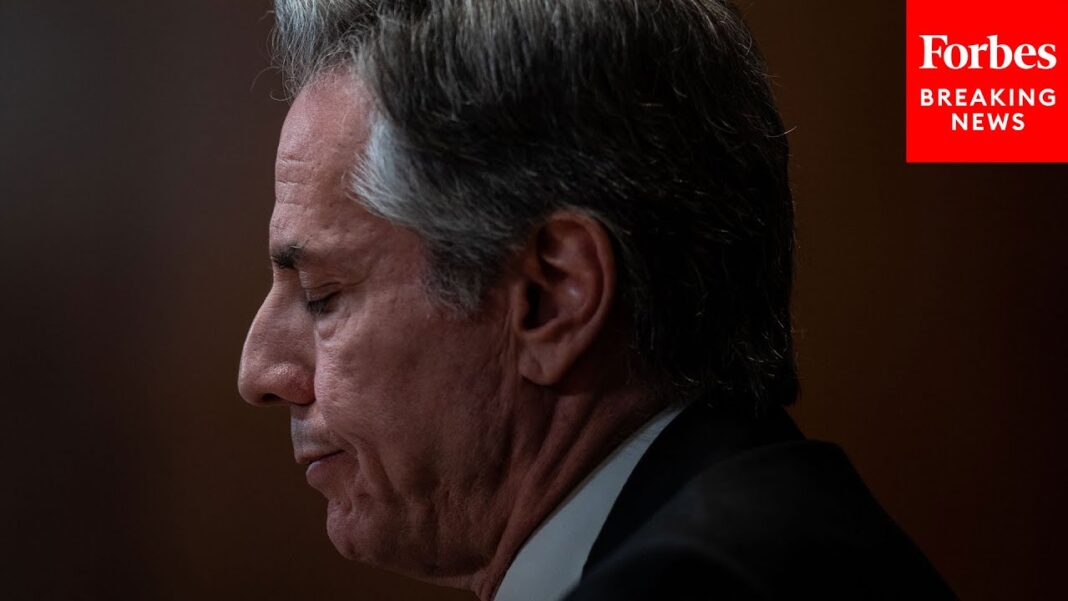The US central bank suggests that interest-rate increases may come to an end sooner than previously predicted
The Federal Reserve raised interest rates by 25 basis points, lifting the benchmark federal funds rate to a range of 4.75–5.0 percent, the highest since late 2007. This is the ninth consecutive rate increase by the Fed in the past year to combat inflation.
Fed officials say that the banking system is “sound and resilient” and that the recent developments “are likely to result in tighter conditions for households and businesses,” which could weigh on economic activity, hiring, and inflation levels.
“The extent of these effects is uncertain. The committee remains highly attentive to inflation risks,” the Federal Open Market Committee (FOMC) said in a statement. The FOMC is the policy-making arm of the Fed.
Fed projections show that there will be one more quarter-point rate hike this year and cuts totaling 75 basis points in 2024.
The FOMC statement signaled that it could be finished with rate hikes soon, as officials removed the phrase “ongoing increases” from this month’s announcement.
Although the Fed’s balance sheet has experienced an expansion over the past week, the rate-setting FOMC confirmed that it will continue reducing its holdings of Treasurys, mortgage-backed securities, and agency debt.
According to the Survey of Economic Projections (SEP), the Fed funds rate is expected to be 4.3 percent next year, up from the previous December estimate of 4.1 percent. Officials see the policy rate at 3.1 percent, unchanged from December. The longer-run rate also stayed the same, at 2.5 percent.
“The committee anticipates that some additional policy firming may be appropriate in order to attain a stance of monetary policy that is sufficiently restrictive to return inflation to 2 percent over time,” the committee stated. “In determining the extent of future increases in the target range, the committee will take into account the cumulative tightening of monetary policy, the lags with which monetary policy affects economic activity and inflation, and economic and financial developments.”
By Andrew Moran







